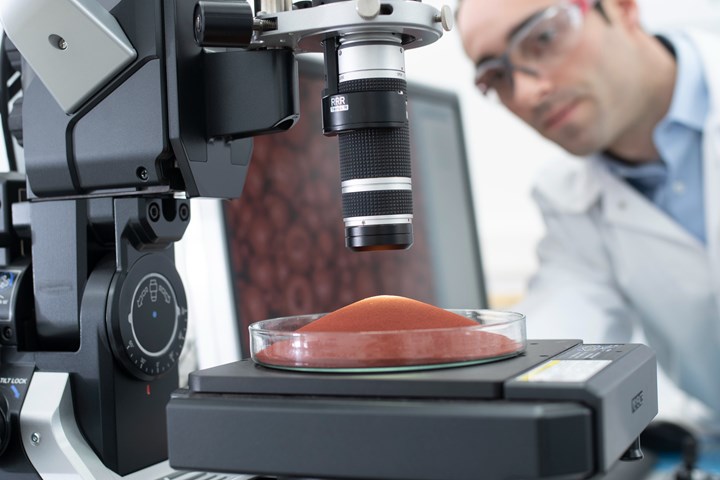Lanxess Offers Pigments Service for Biodegradable Plastics
Lanxess’ Inorganic Pigments unit supports masterbatch producers in formulating colored biodegradable plastics through pigment analyses.
The Inorganic Pigments (IPG 911±¬ÁÏÍø unit of Lanxess is supporting masterbatch producers in the process of formulating colored biodegradable plastics by offering pigment analyses. Lanxess’ IPG is said to offer a unique service by providing its customers with recommendations regarding the maximum pigment concentration of iron oxide pigments of the Colortherm brand in bioplastic formulations with a low heavy-metal content.
Due to regulated heavy-metal levels, certain pigment classes cannot be used for coloring biodegradable plastics made from renewable or fossil resources. This is the case with nickel-, chrome- or copper-based pigments, for example. Said IPG’s global market segment manager for plastics Stefano Bartolucci, “Our Colortherm iron oxide pigments are ideally suited to the task of coloring compostable plastics. The decomposition of the polymer is not affected. Based on the recommended pigment dosing, masterbatch producers can instantly develop individual formulations for colored biodegradable plastics – no expensive pigment screening is required.”

The Colortherm-brand iron oxide pigments have been proven to be almost completely free from heavy metals. As a result, the limits for biodegradable plastics can be reliably maintained, even with a high pigment content. The Colortherm iron oxide pigments are available in red, yellow, brown, and black and also in numerous intermediate tones. They do not require special labeling, nor are they classified as hazardous substances. Their reportedly consistent high product quality is achieved through the systematic use of controlled raw materials combined with continuous quality controlling.
“Green” products, recyclability, and compostability are in high demand and demand huge changes in the industrial sector because biodegradable plastic has to fulfill all the relevant usage standards applicable in various regions of the world before it can be sold. A host of regulatory directives apply, including the European standard EN 13432:2000 and U.S. standard ASTM D 6400. These specifications encompass plastics and the resulting products destined for composting in municipal and industrial aerobic composting plants. Colortherm pigments are said to ensures that both of these standards can be easily complied with in accordance with the recommendation.
Related Content
-
Additives Boast Sustainability Without Sacrificing Performance
Sustainability continues to dominate new additives technology, but upping performance is also evident. Most of the new additives have been targeted to commodity resins and particularly polyolefins.
-
Insight Polymers & Compounding Unveils New Conductive Products Line
The new conductive products line will also be produced for injection molding and extrusion.
-
Masterbatches Reduce Gloss in PLA and PETG 3D Printed Products
Insight Polymers & Compounding’s two low-gloss additive masterbatches shown to boost appearance of 3D printed objects.


